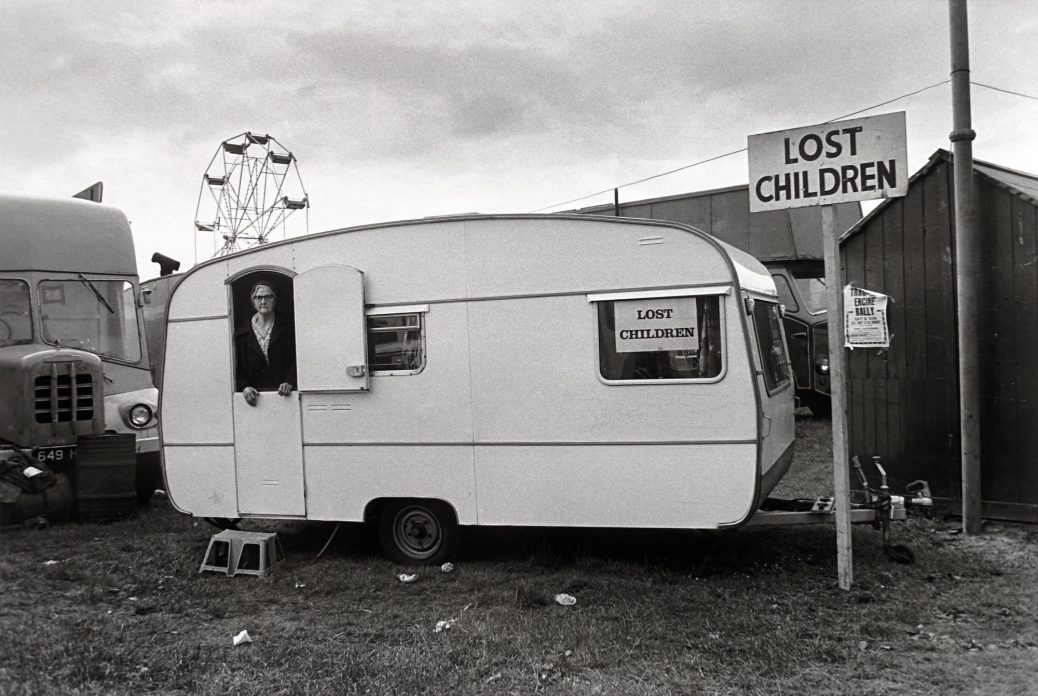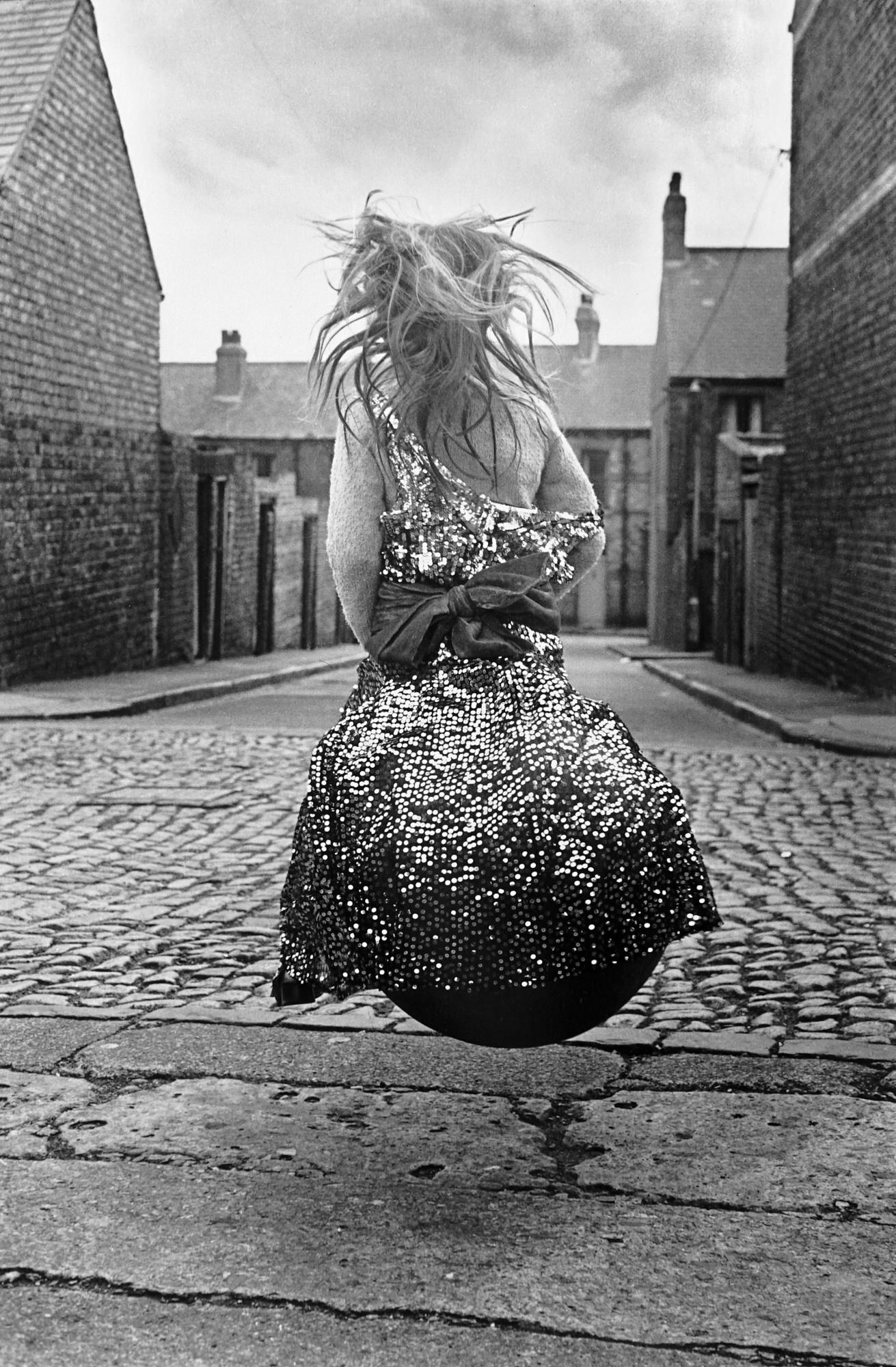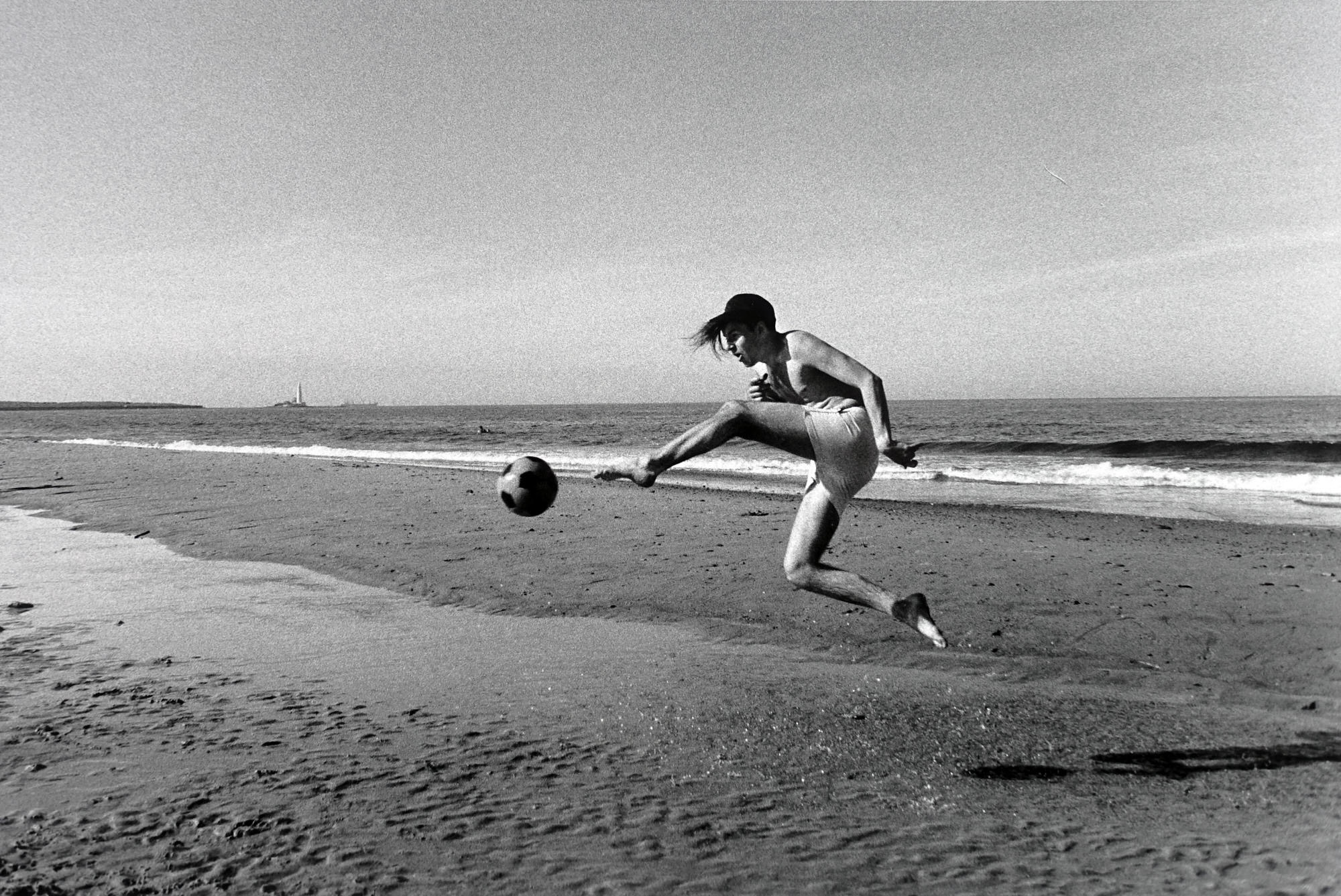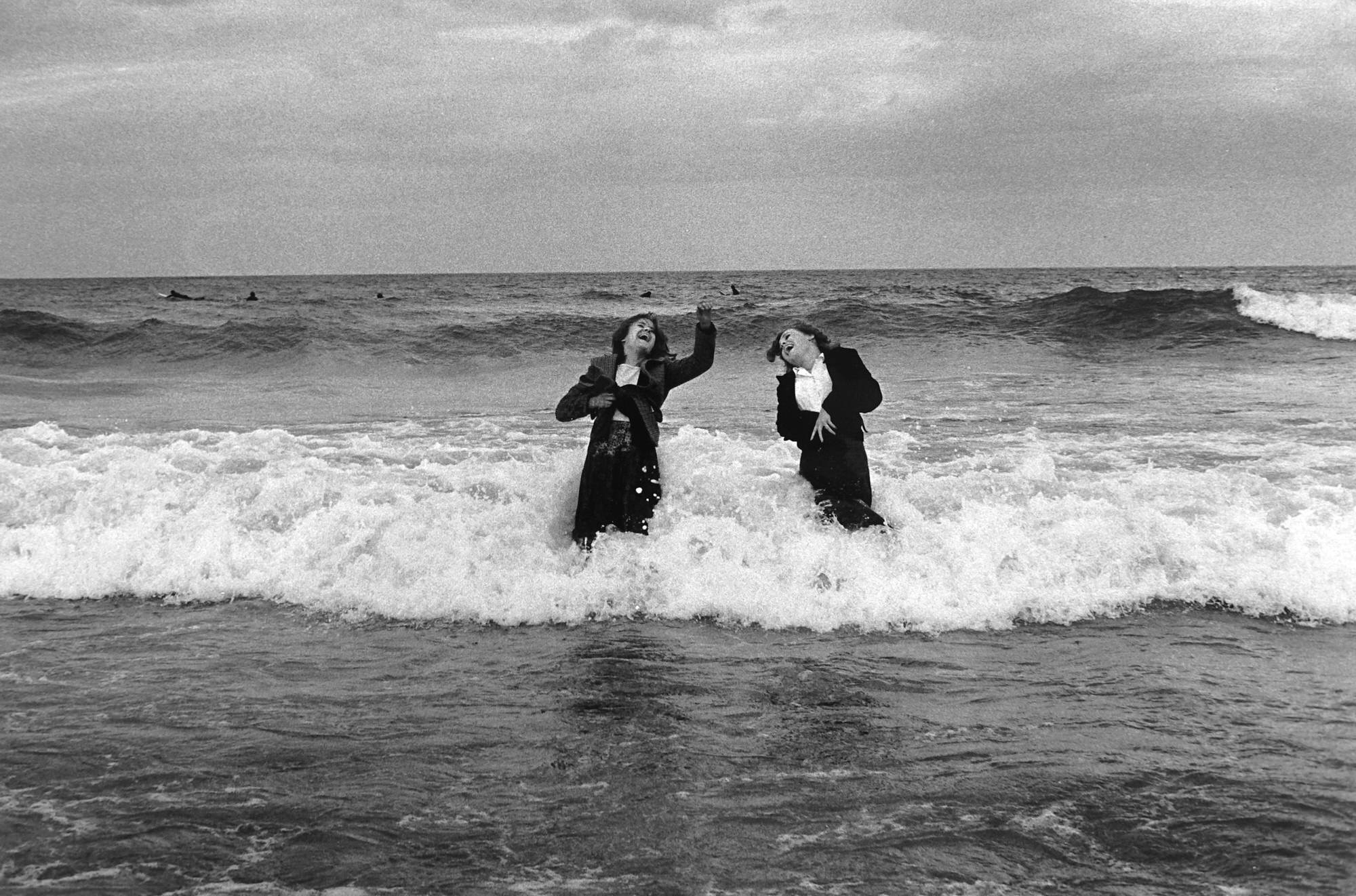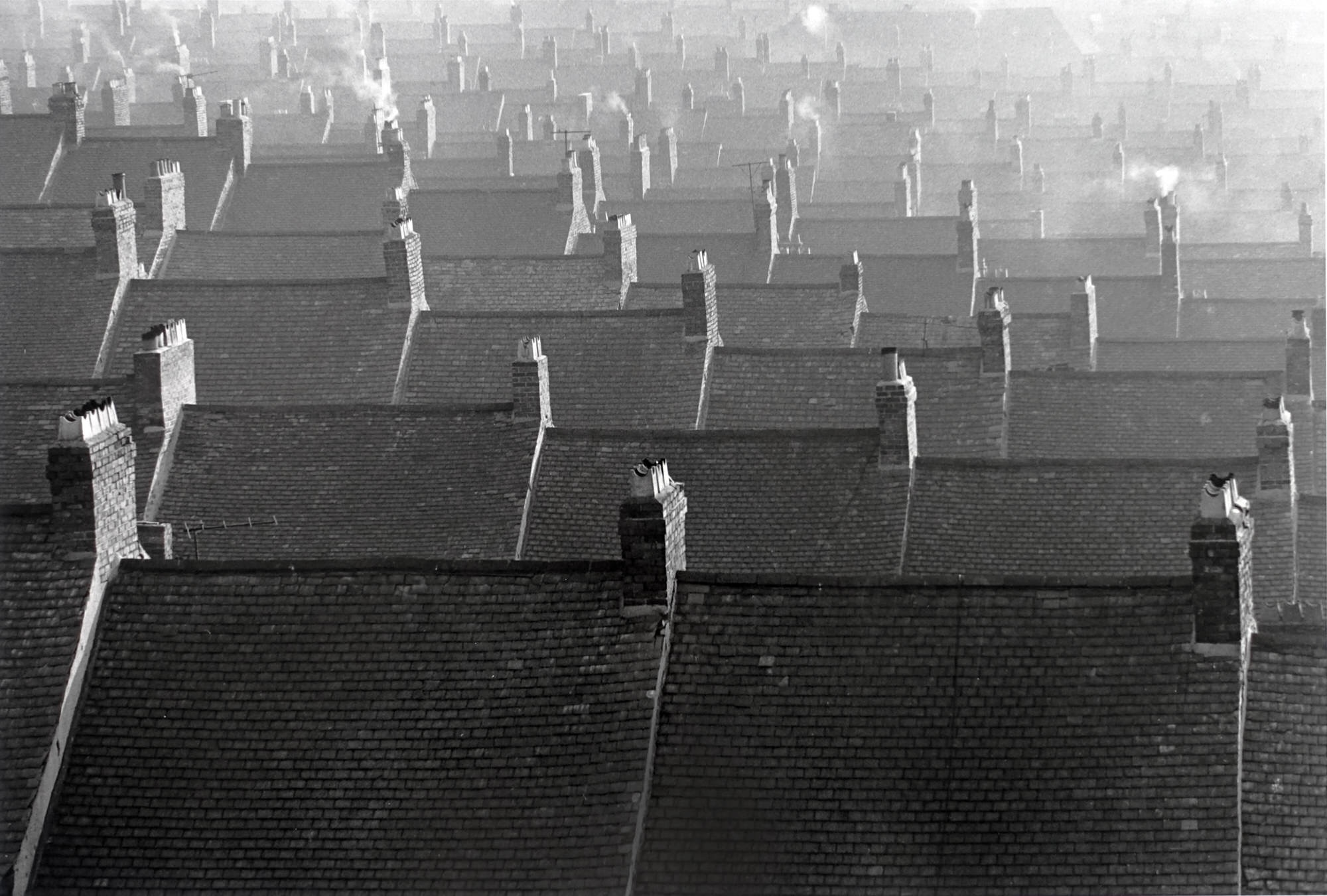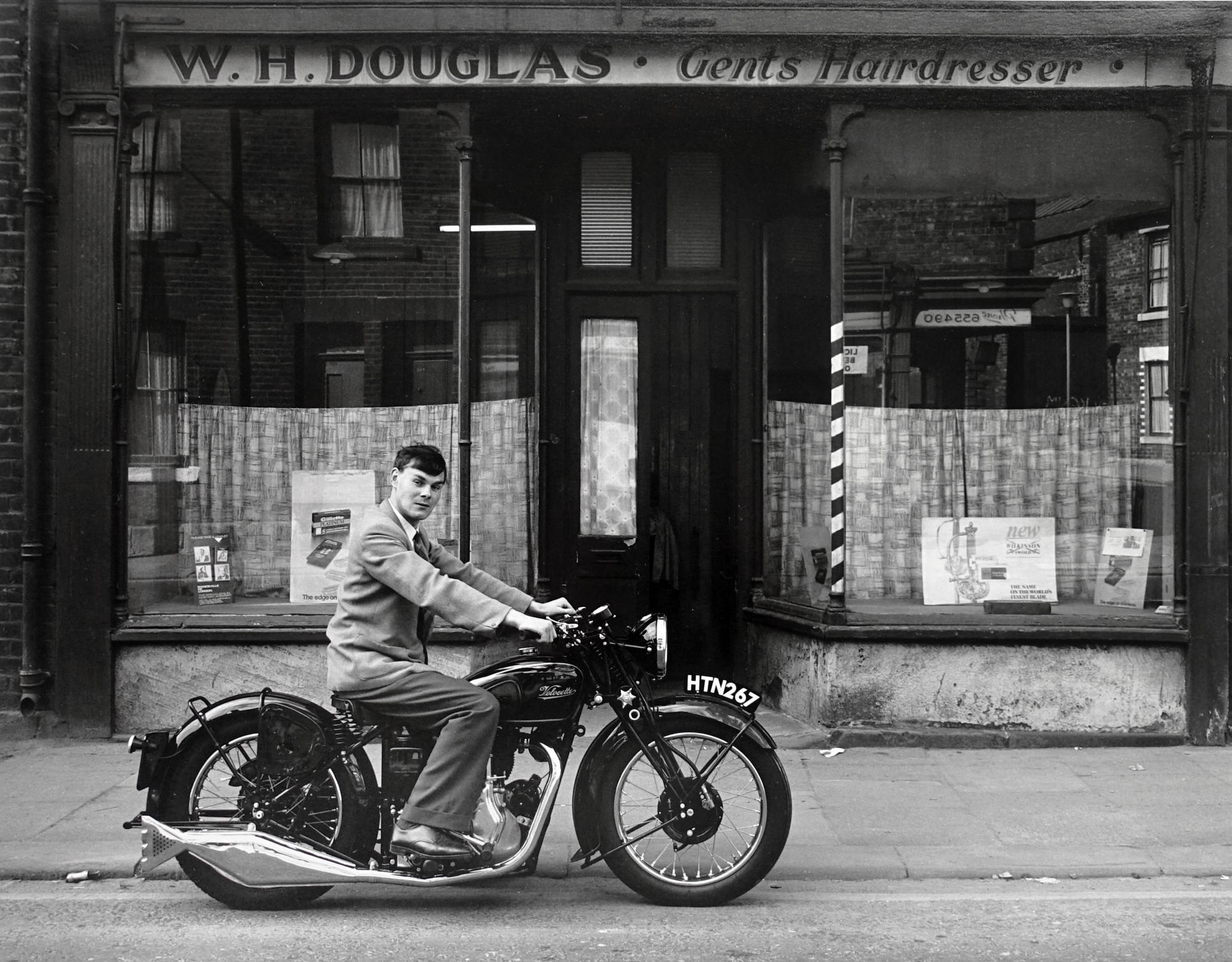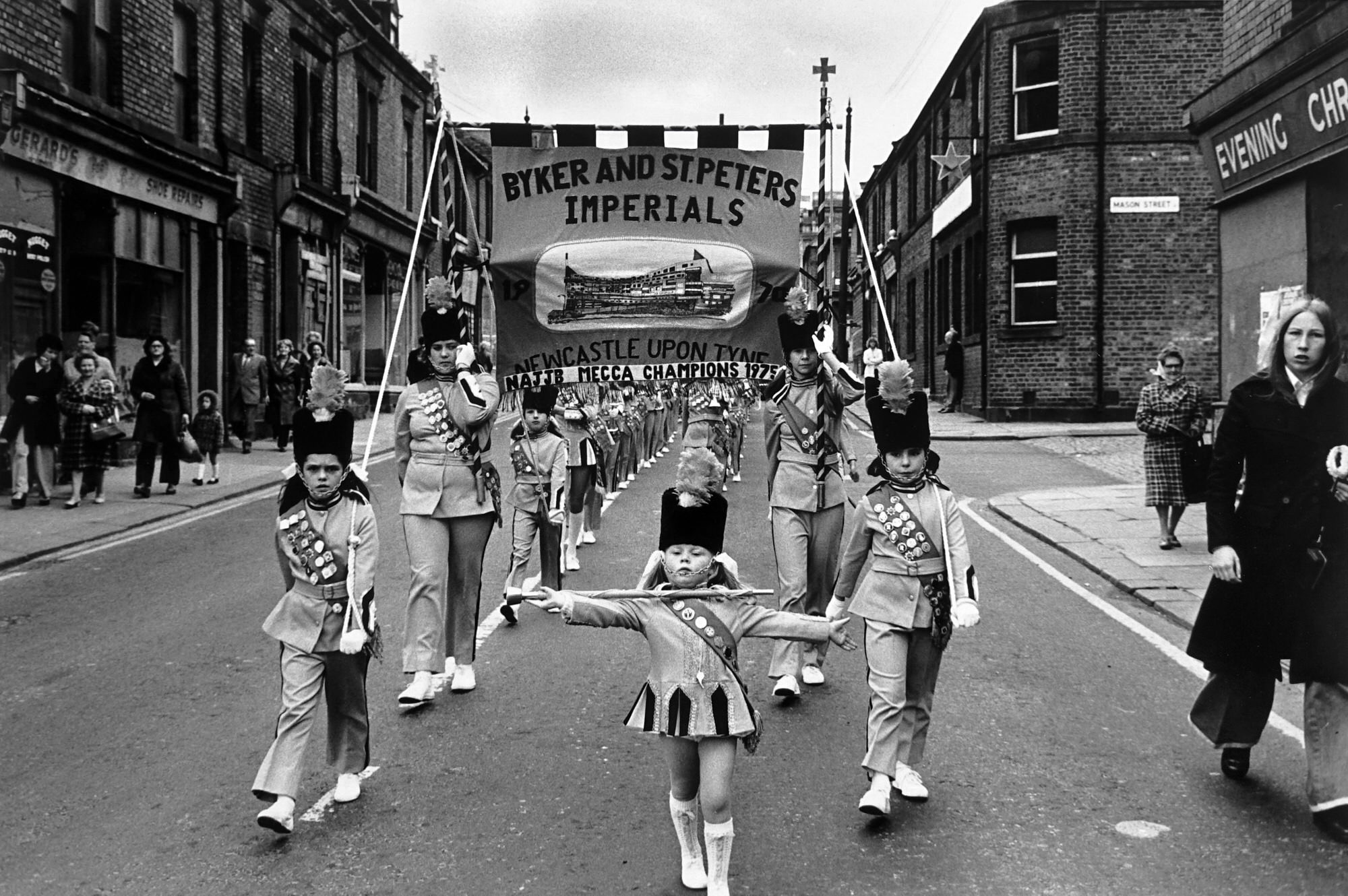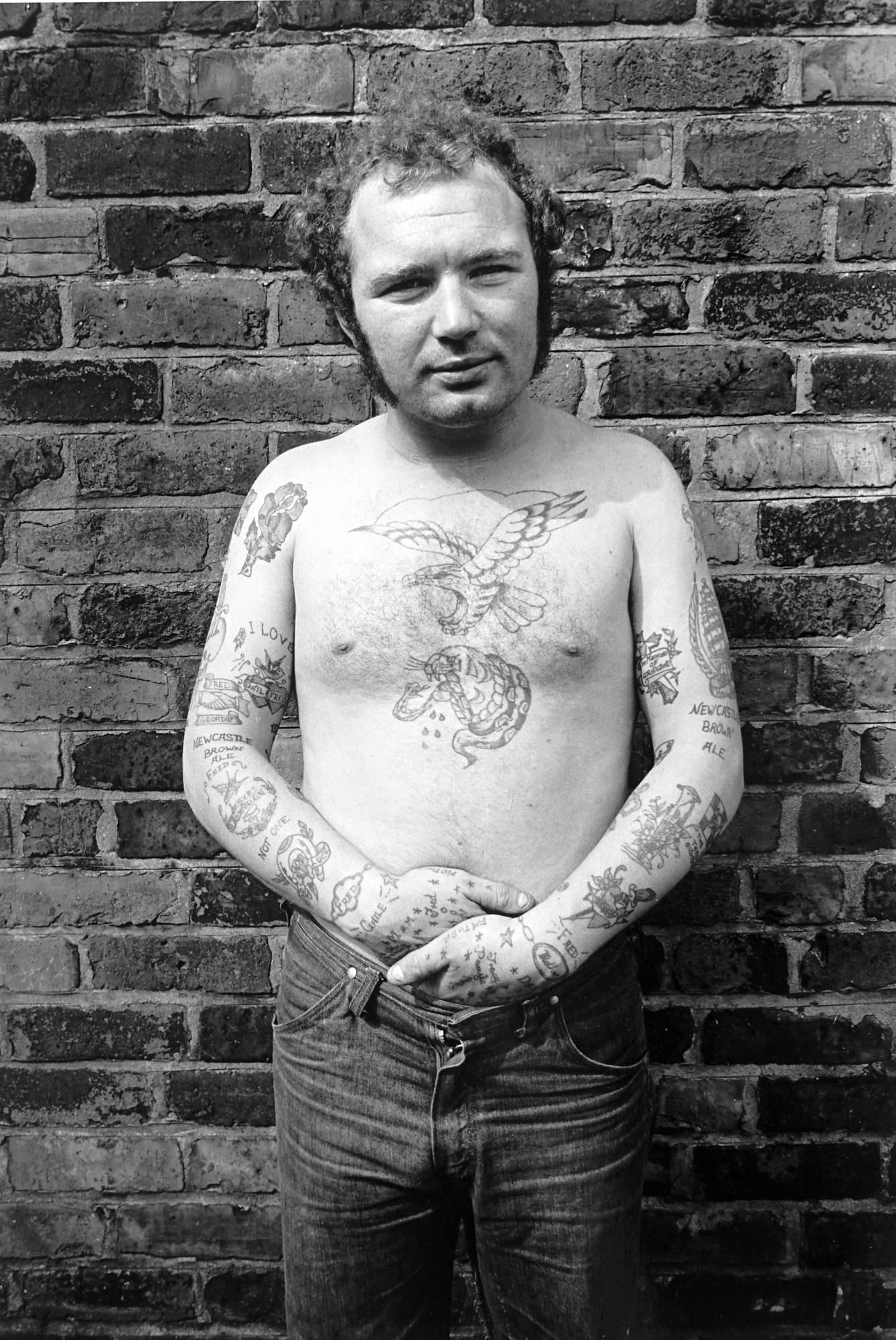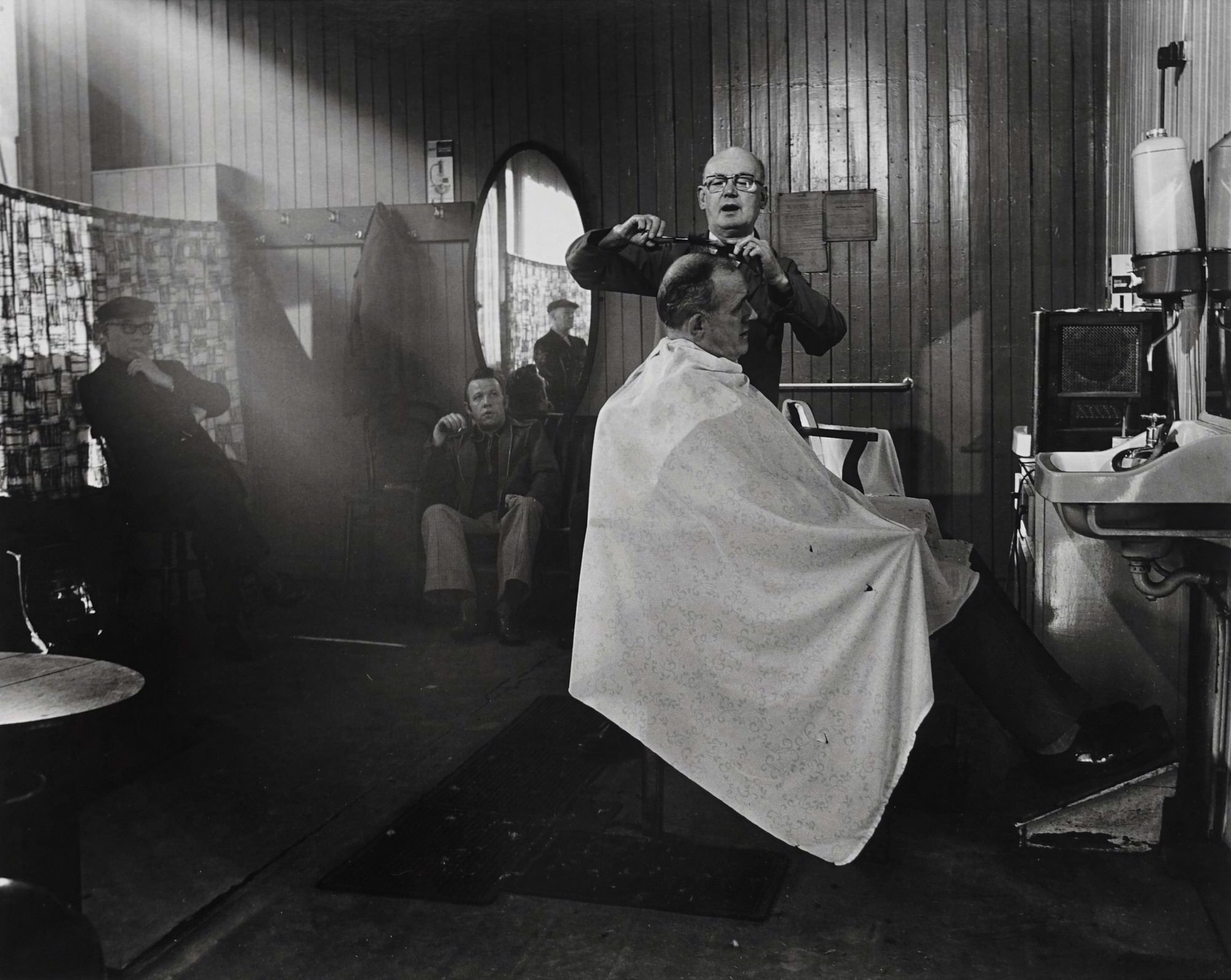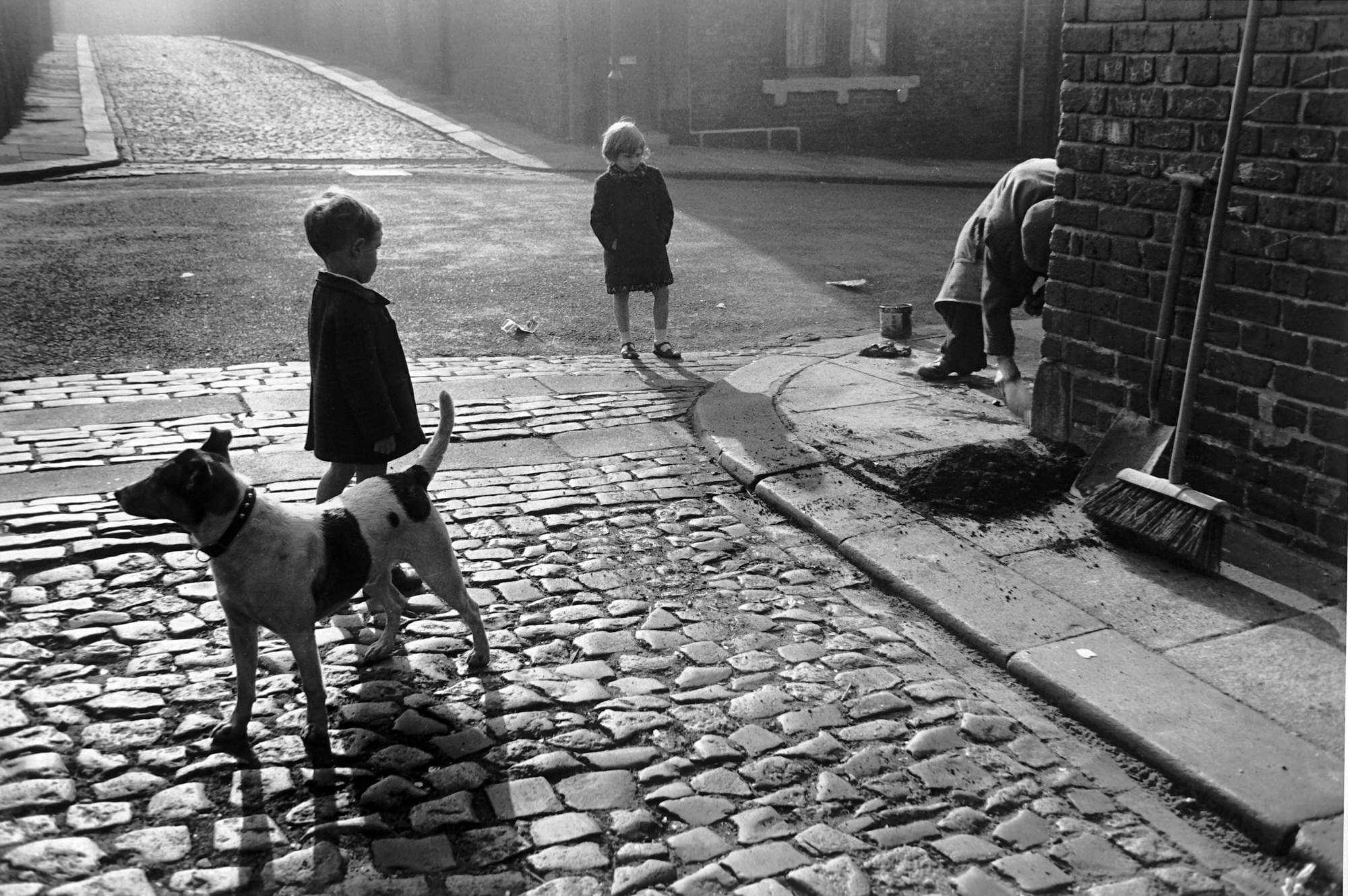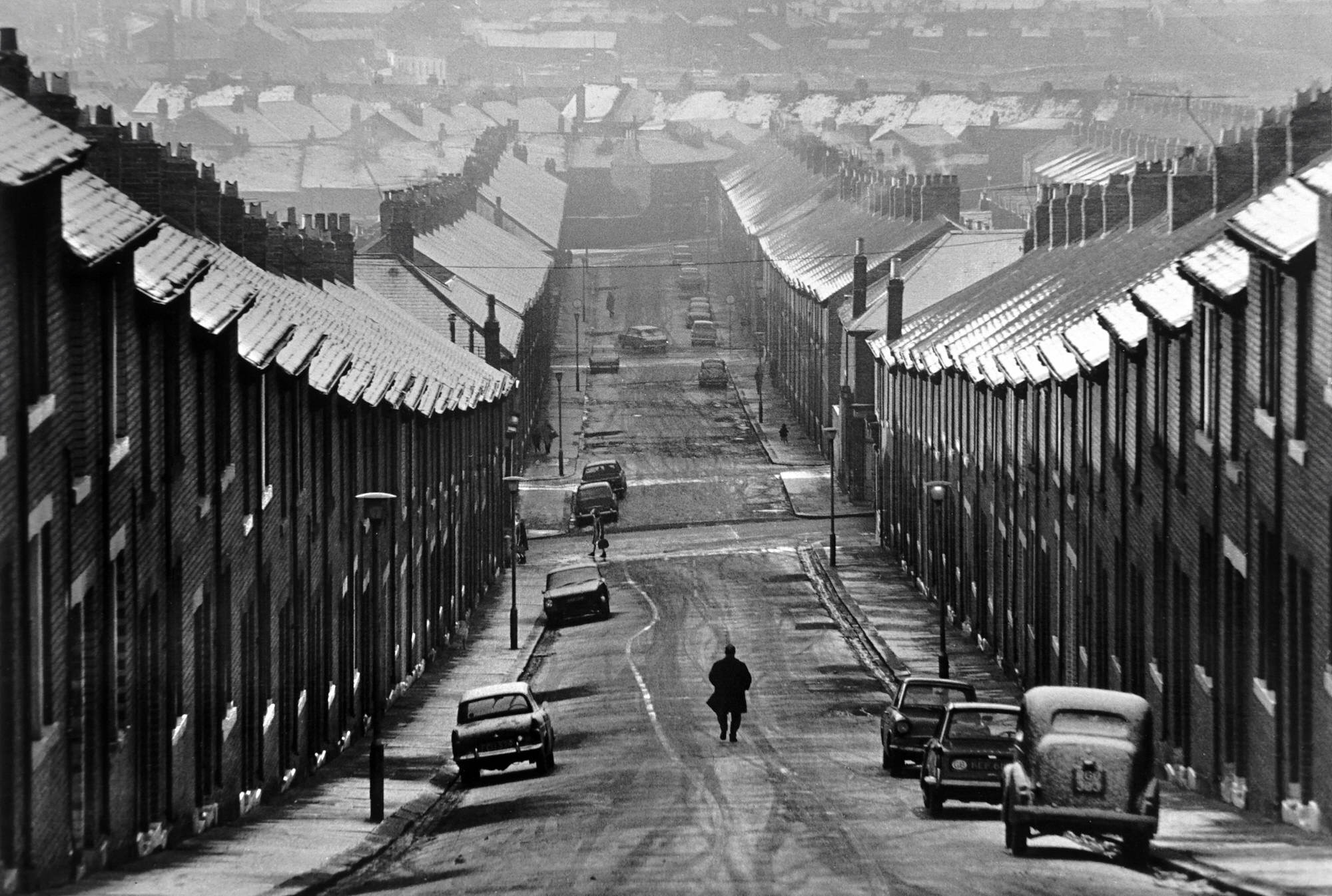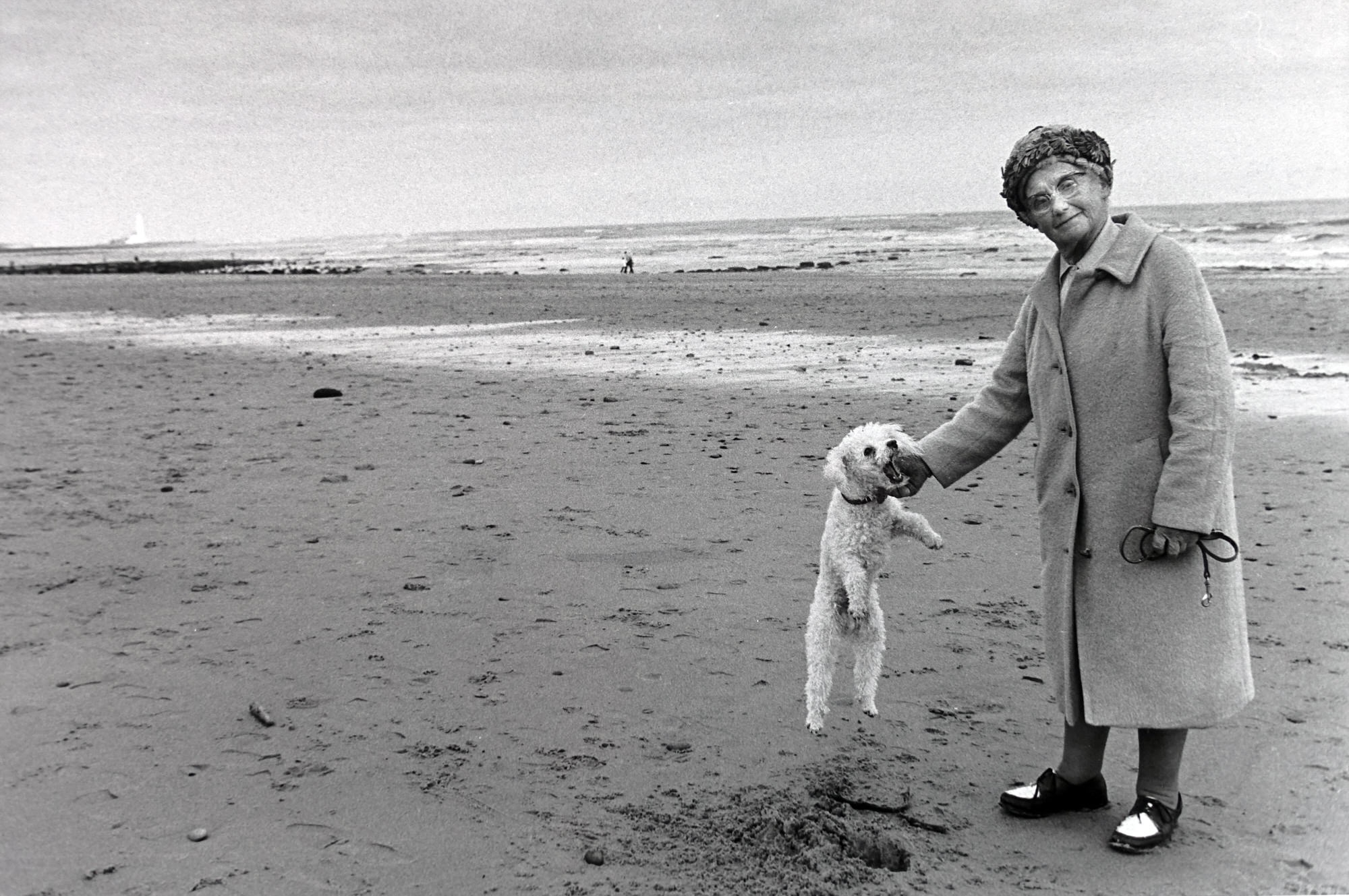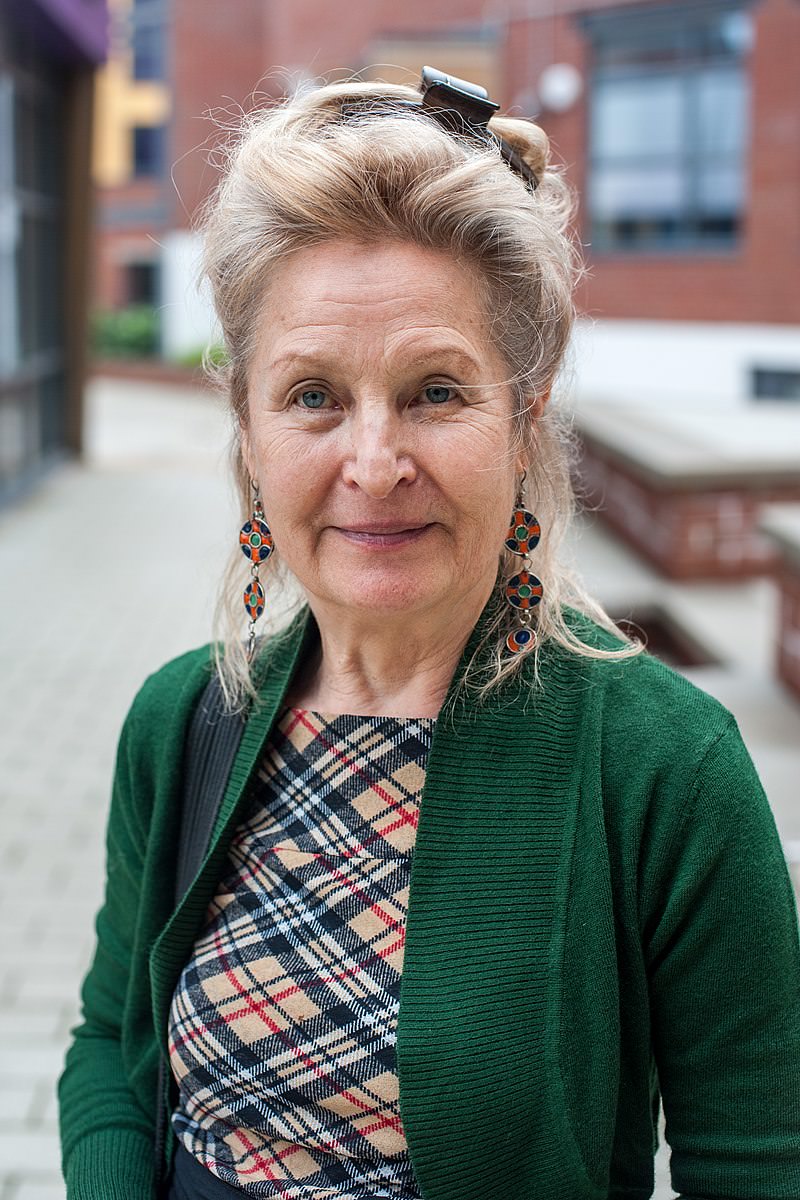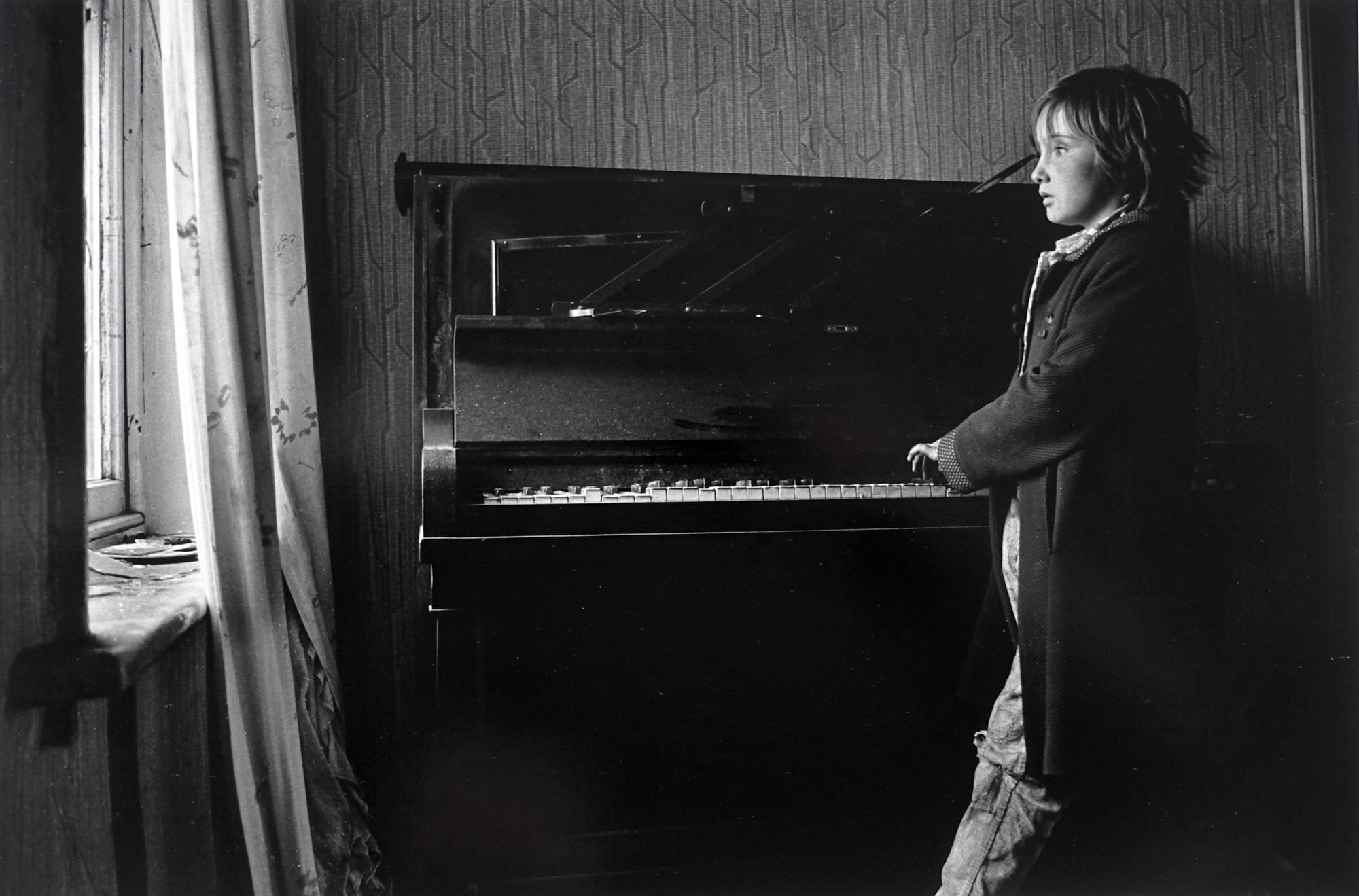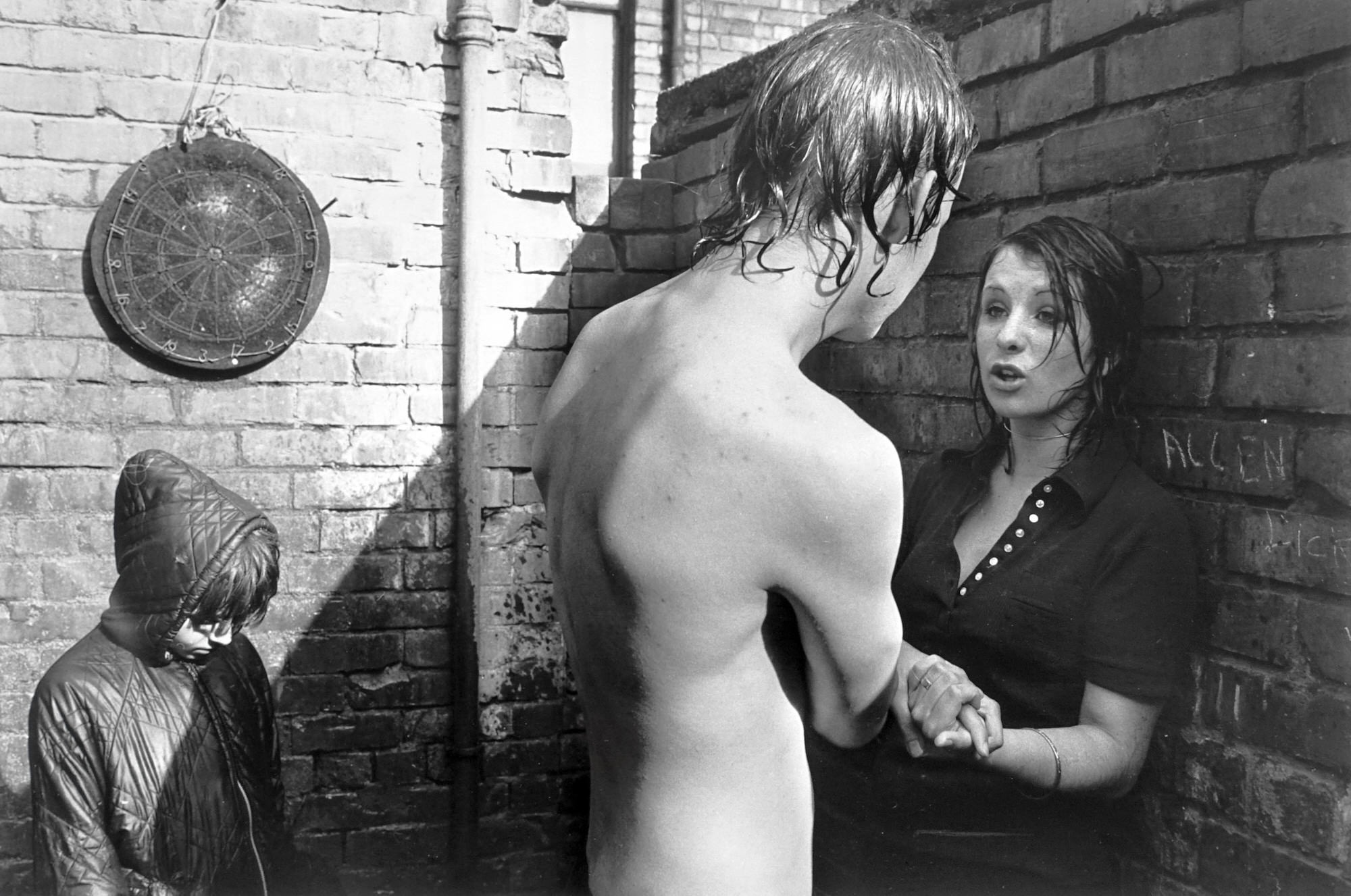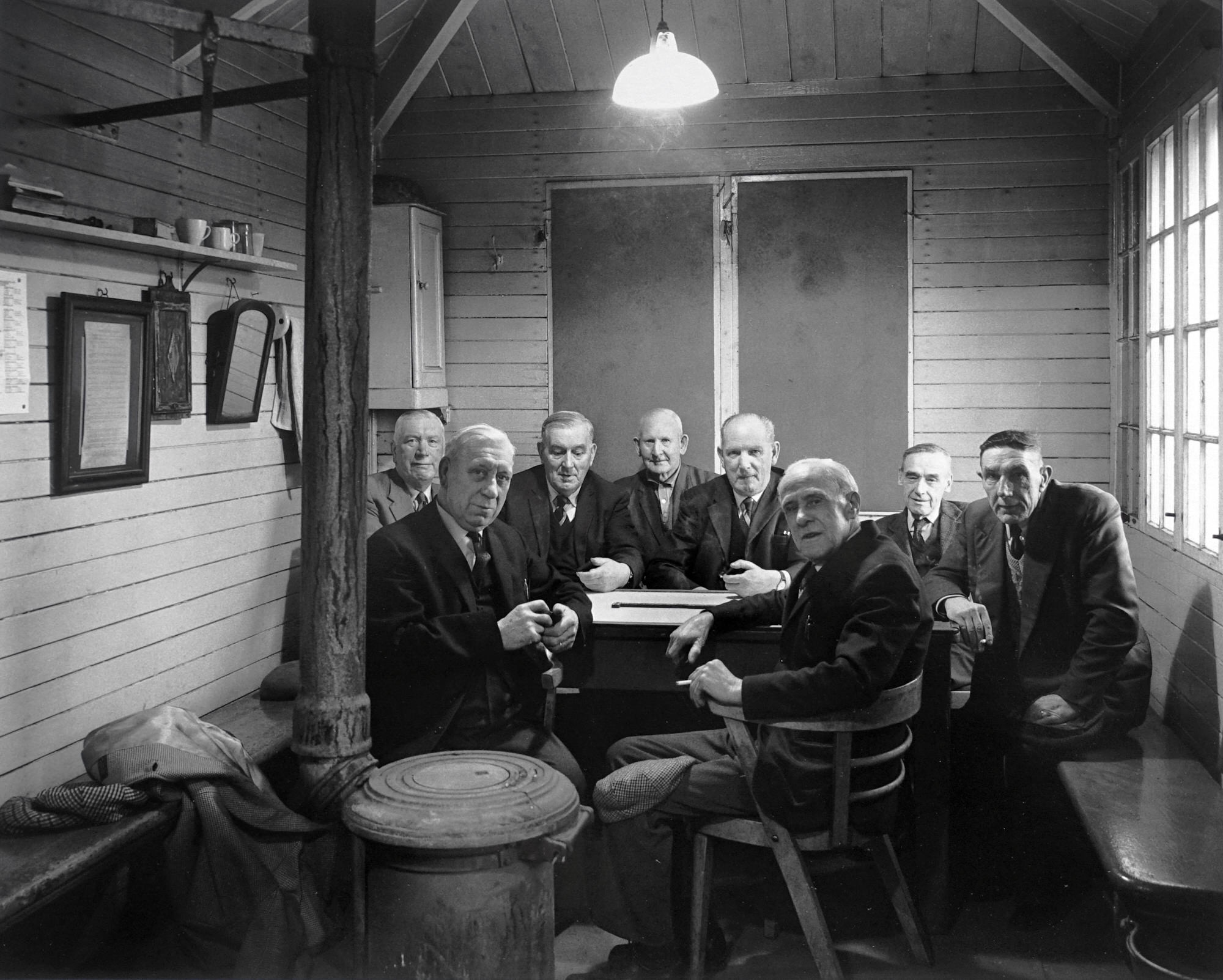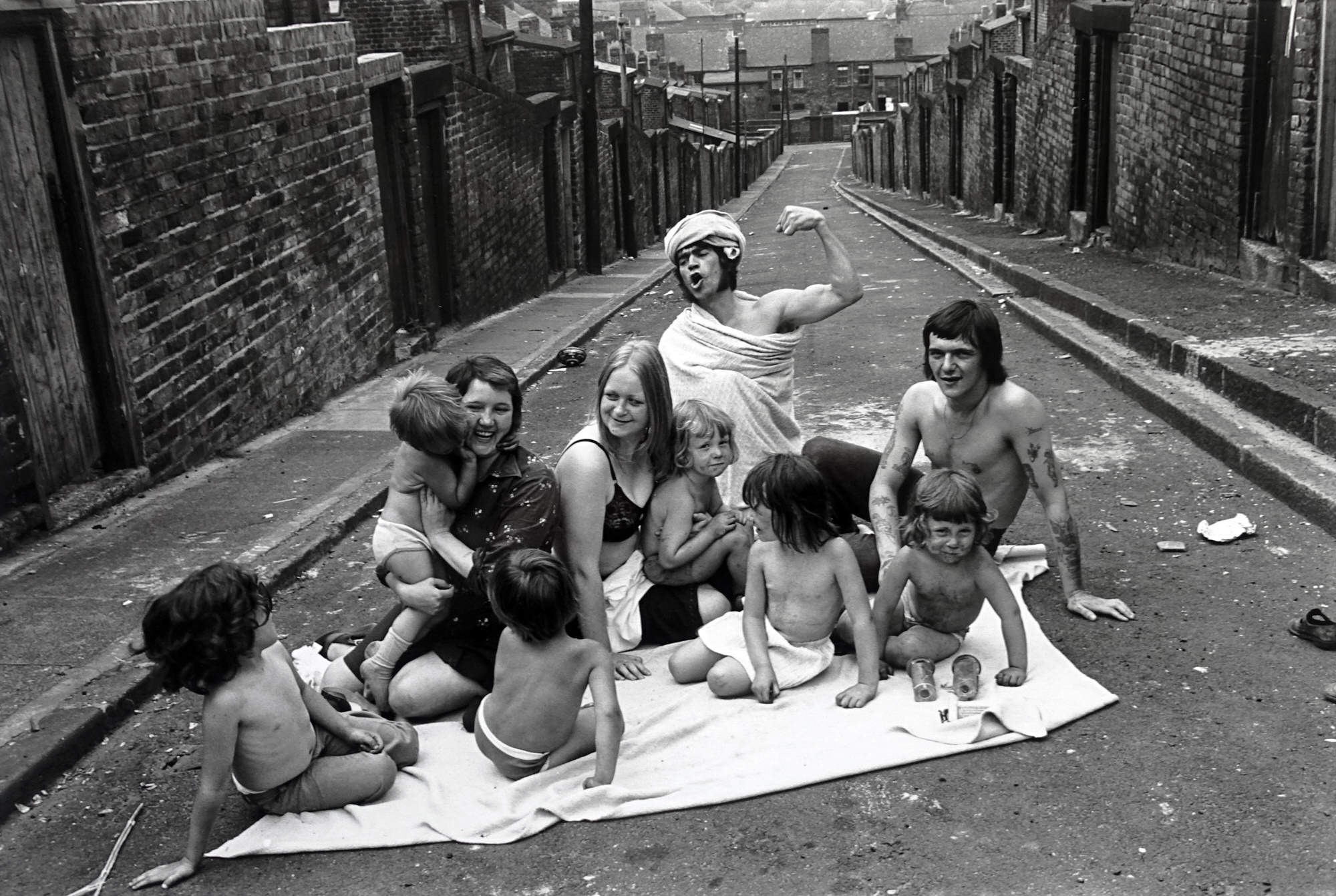Sirkka-Liisa Konttinen: Photographs of Byker, 1969-1978
Michael Hoppen Gallery is delighted to present a selection of works from Sirkka-Liisa Konttinen’s seminal body of work and photo book Byker, taken between 1969 and 1978.
Konttinen came upon the area Byker by chance and immediately fell in love with it. This marked the beginning of her relationship with the local community there and the seminal photographs that she produced documenting local life over the next seven years. She was drawn to the laughter, the children playing in the streets, the energy. For her, this blue-collar district of Newcastle brimmed with life as it teetered on the brink of a huge cultural shift, a period when the shipyard industry collapsed and developers had eyes on the area for new housing schemes.
Byker is the name of an inner-city area in the east side of Newcastle upon Tyne, situated close to sites of industry on the Tyne riverside. Until the 1960s it was a working-class area of densely built Victorian terrace and slum housing, after which it was redeveloped by the local council, who had condemned the houses as unfit for human habitation. Demolition began in 1966 and the council appointed the architect Ralph Erskine to design its replacement: the now Grade II listed Byker Wall estate, which was constructed between 1969 and 1982.
In 1969 Konttinen moved to Byker, where she lived for six years until her house was demolished. She returned over the next decade to continue to document life in the community.
Konttinen was part of the Amber film and photography collective, which formed in London in 1969 and relocated that same year to Newcastle upon Tyne, with a commitment to the documentation of working-class communities.
The Byker series includes a range of portraits, from traditional studio-style images to photographs of groups gathered in moments of leisure, playing dominoes or standing around a pool table – the surrounding walls and ceilings of their environment completely covered in graffiti. Some of the sitters are portrayed in their domestic settings, while others are shown at work or in more intimate circumstances.
The series also features photographs of the urban landscape as well as a deserted street corner with an empty, boarded-up corner shop; and the back of a street of terraced houses, with a horse attached to a cart in an open field, grazing among the detritus of rows of demolished houses. These photographs give an overview of the main types of housing in the Byker area, mostly in a semi-deserted and derelict state, before and during the process of demolition. Other photographs depict commercial premises: the front of a second-hand goods shop or the window of a funeral director adorned with tomato plants. Another shows a small and simply built construction, its roof decorated with a low fence, at a local allotment.
Konttinen’s photographic project became widely known following the publication of her book Byker in 1983, which included a selection of images from the series. In a text produced for the book, Konttinen described a number of her sitters, residents of Byker, in such a manner that highlights her attention to detail, warmth towards members of the community from different generations, and delight in the eccentric qualities of both individuals and their often heavily decorated dwellings.
Recounting her experience taking photographs of the community, Konttinen wrote: “I roamed around the streets by day and hung out by night: chasing my heartbeats and stumbling in and out of other people’s lives; striving to share my excitement through photographs where words would fail me. This was the beginning of my great adventure … Being a foreigner gave me one advantage: I could be nosy, and be forgiven. Many doors were opened for me that would have remained closed to another photographer, and invitations extended to the kind of hospitality and intimacy that would normally be reserved for family only.” (Konttinen 1983)
In their depiction of the Byker district and the everyday life of its population, these photographs communicate a sense of intimacy and social engagement. Yet there is also a feeling of detachment, of an external presence entering the community and documenting it while not fully belonging to it. In this way, the images register the political dynamics of documentary photography – who photographs whom – as well as representing the idiosyncrasies of the Byker community. (via tate.org.uk/)
About the Author
Sirkka-Liisa Konttinen is a Finnish photographer who has lived and worked in Britain since the 1960s. She was born in Finland in 1948 and came to study film in London in the 1960s, at the polytechnic in Regent Street.
Together with some of her peers, she founded the Amber Film and Photography Collective, with the purpose of creating and collecting work to represent marginalized communities and their disappearing landscapes. The group decided to move to Newcastle in 1969, to live and work in an industrial, working-class community. “We felt that the working class were not represented and if anything, were parodied rather than given a genuine voice,” Konttinen said.
From 1969 Konttinen lived in Byker, and for seven years photographed and interviewed the residents of this area of terraced houses until her own house was demolished. She continued to work there for some time afterward. This resulted in the book Byker, which in David Alan Mellor’s words “bore witness to her intimate embeddedness in the locality”. In 1980 she became the first photographer since the Cultural Revolution to have her work exhibited by the British Council in China.
Konttinen’s next project was a study of girls attending dance schools in North Shields, their mothers, and the schools. The book Step by Step came from this. The book was an influence for the film Billy Elliot. Three years of photographing the beach between Seaham and Hartlepool resulted in the series “Coal Coast”.
Konttinen later returned to Byker and photographed its new residents in color. (via wikipedia.org/)
Sirkka-Liisa Konttinen: Photographs of Byker, 1969-1978
25 February – 25 March 2022
Michael Hoppen Gallery
London, UK
More info on:
https://www.michaelhoppengallery.com/
https://www.amber-online.com/
https://www.tate.org.uk/

